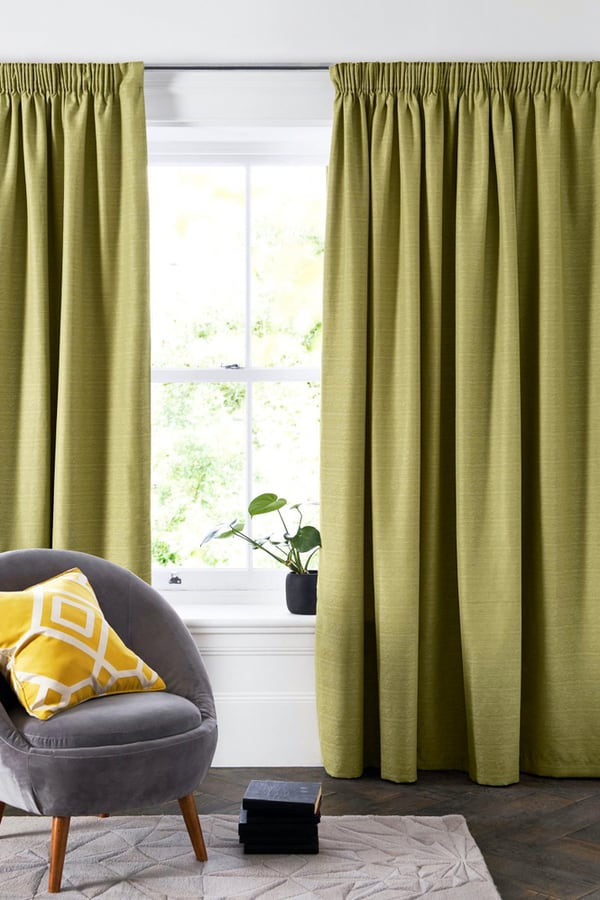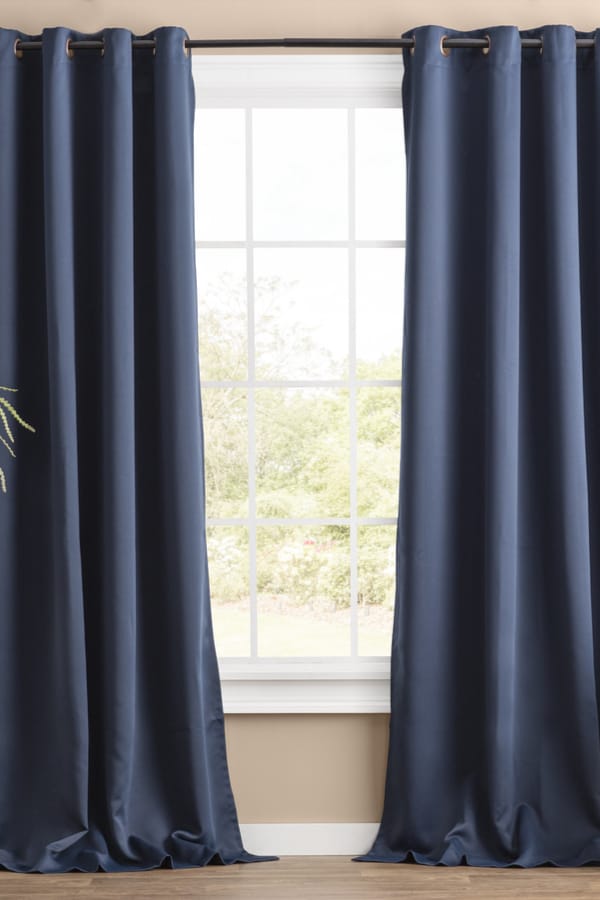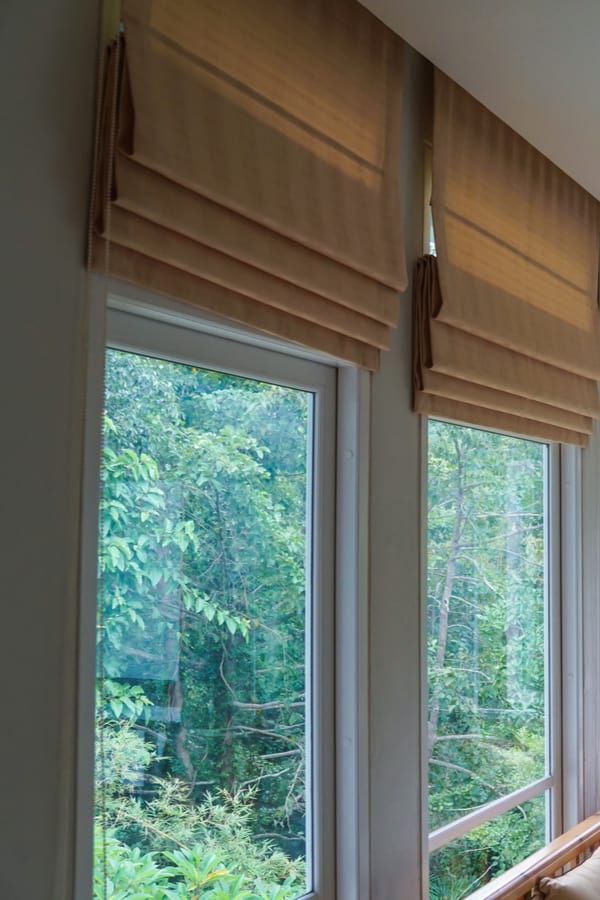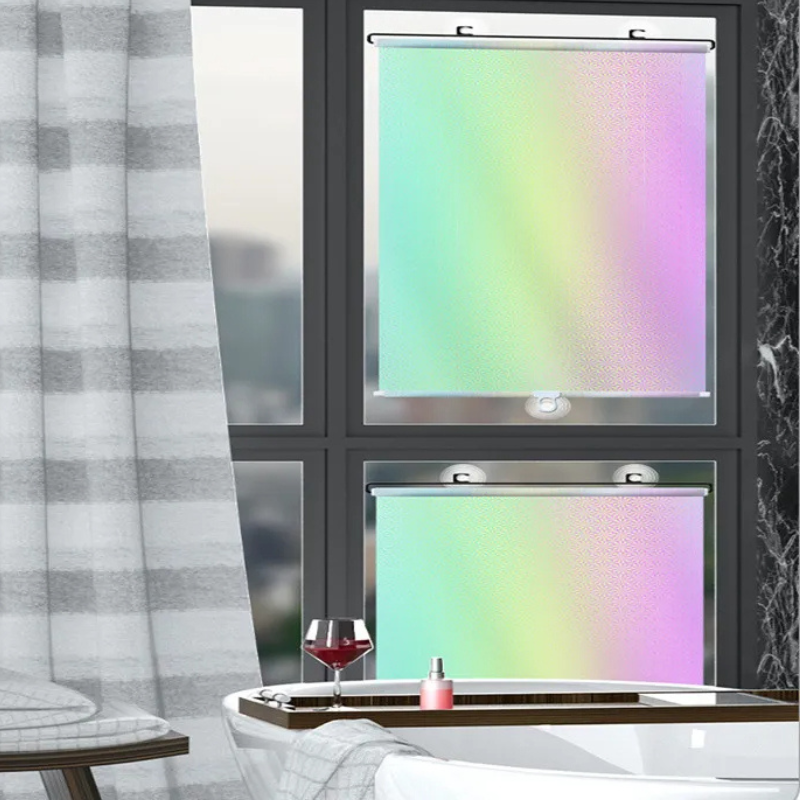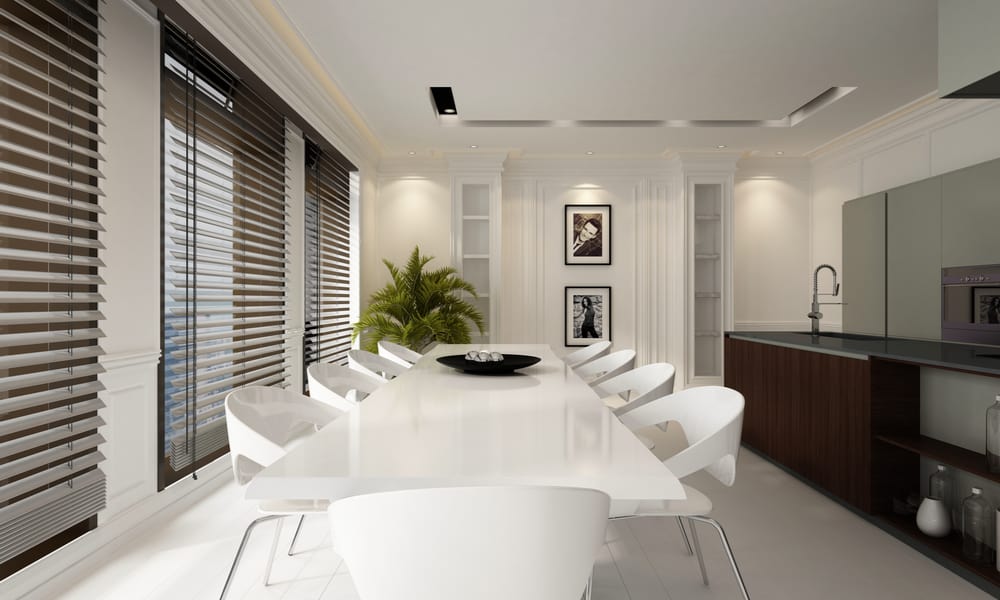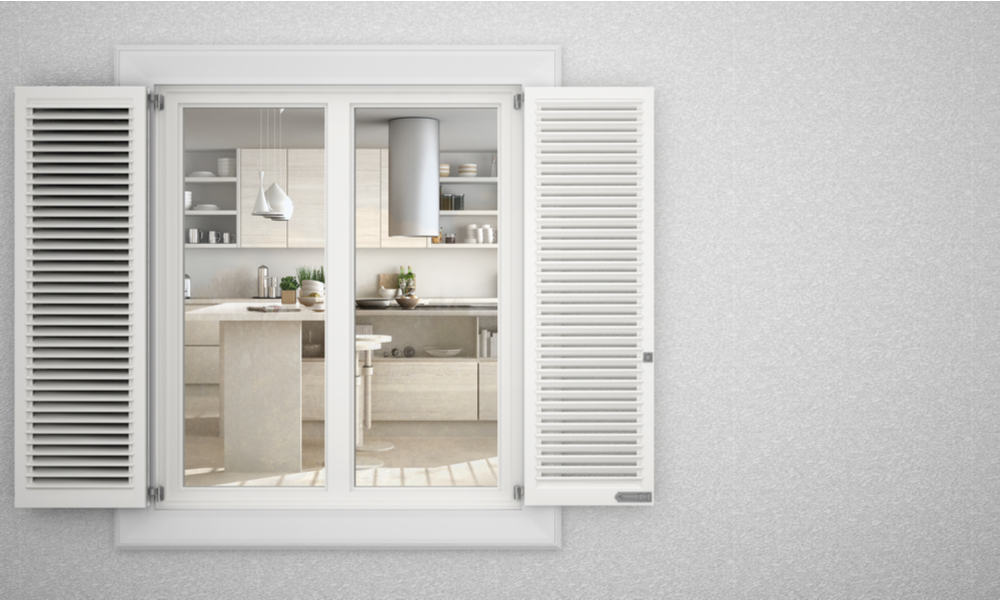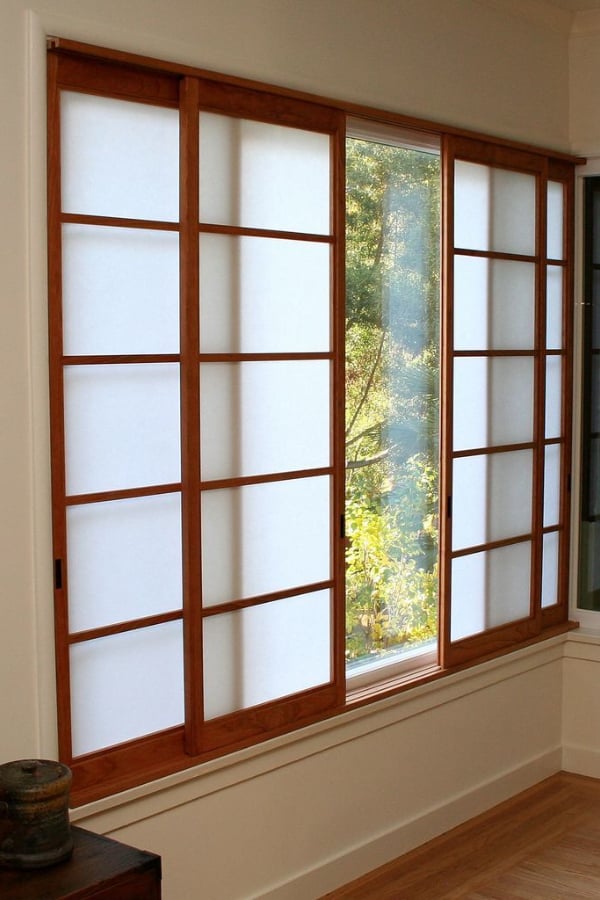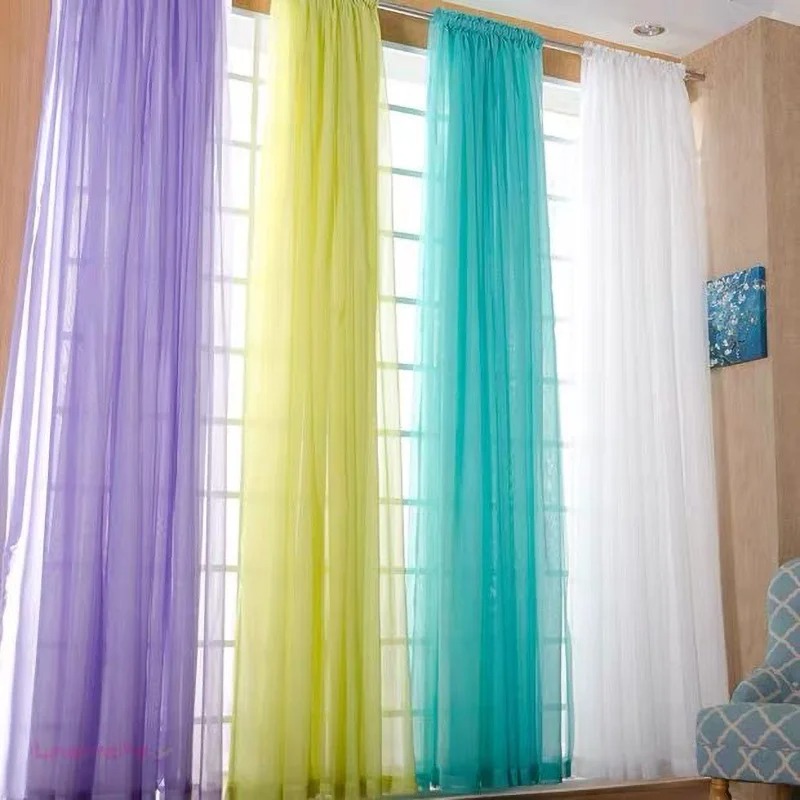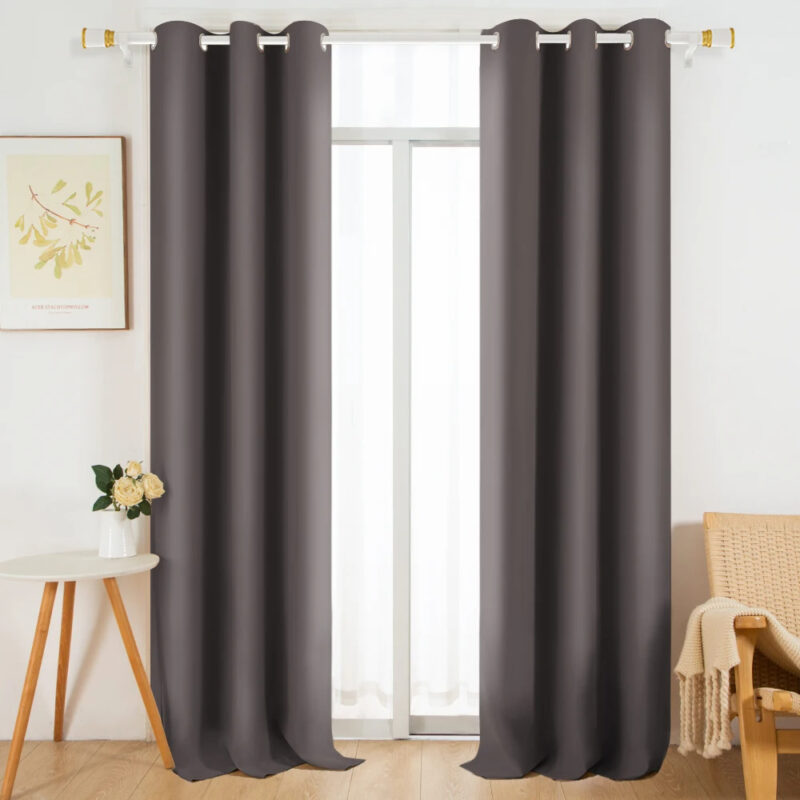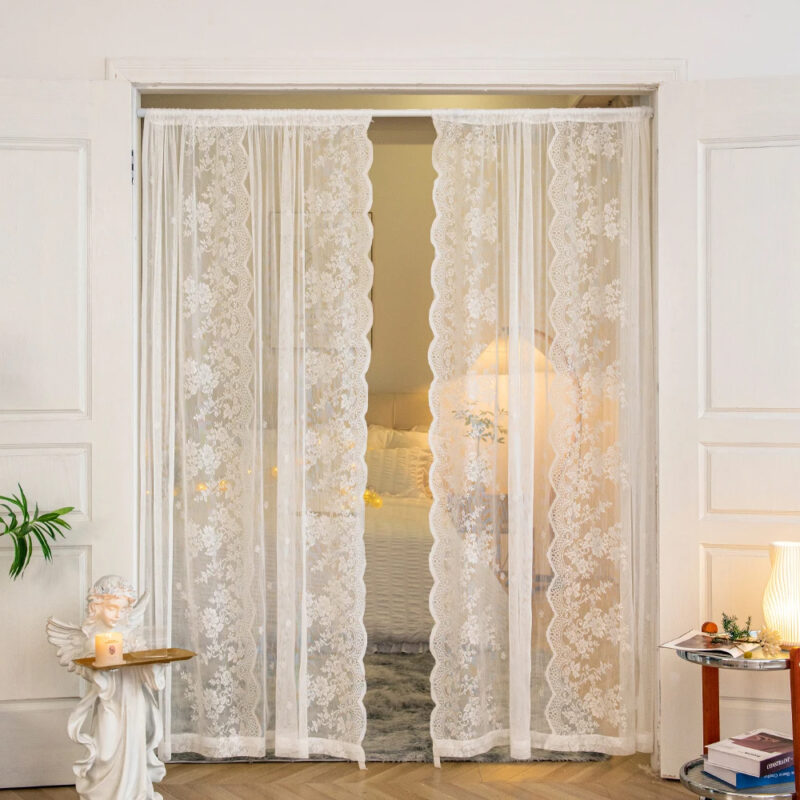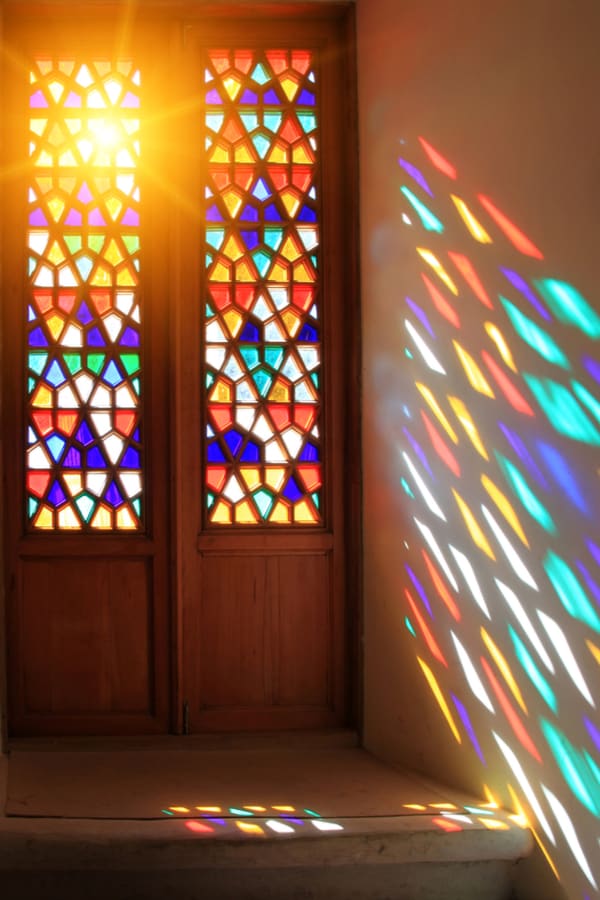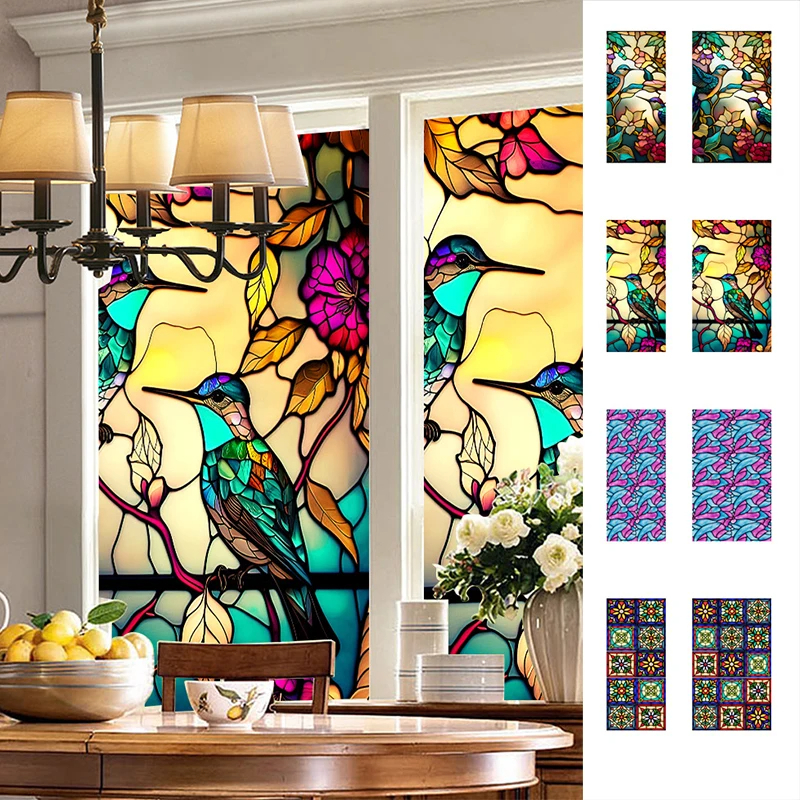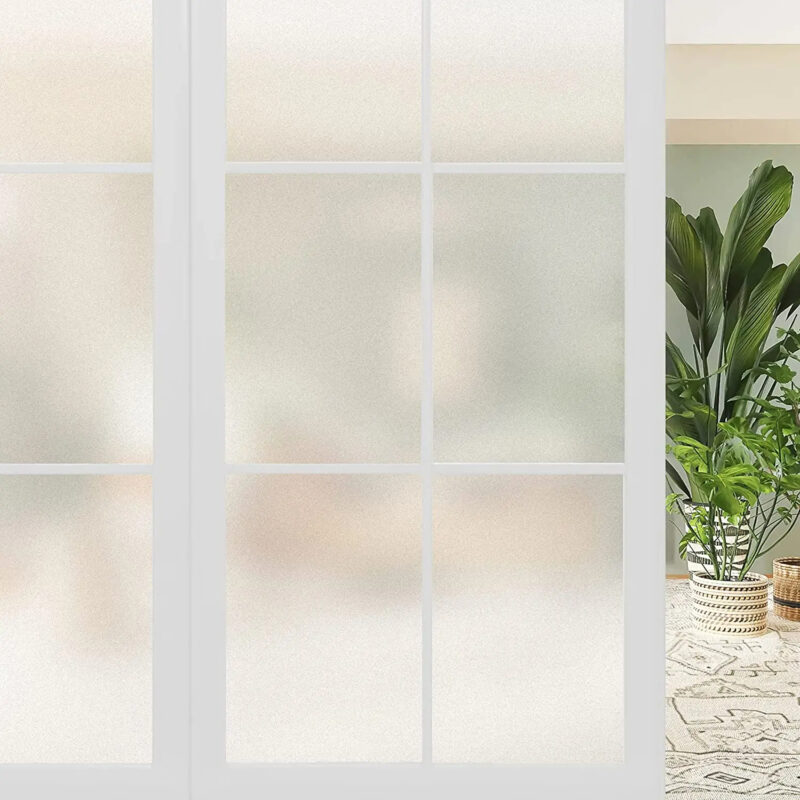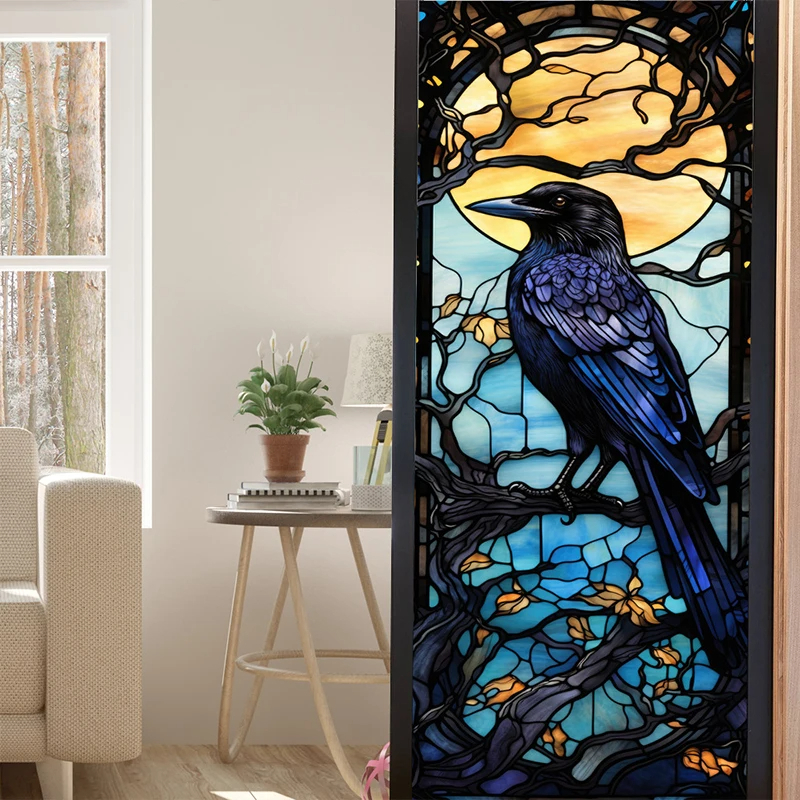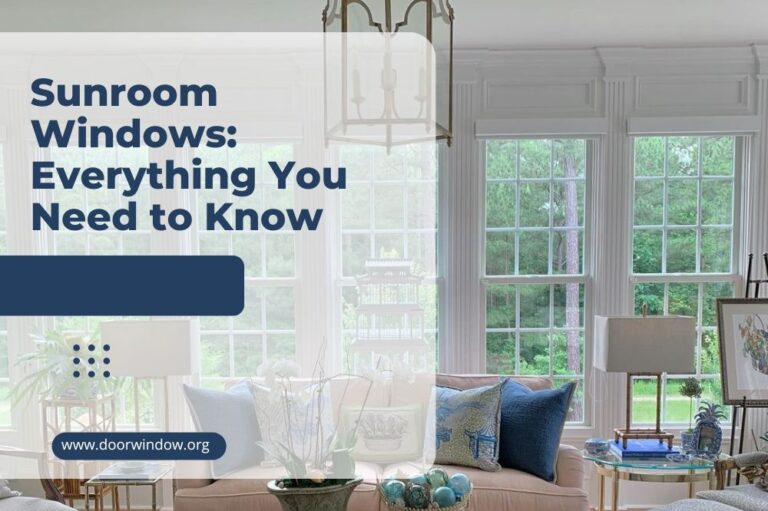11 Window Privacy Options – Top Privacy Ideas for Your Window Screen
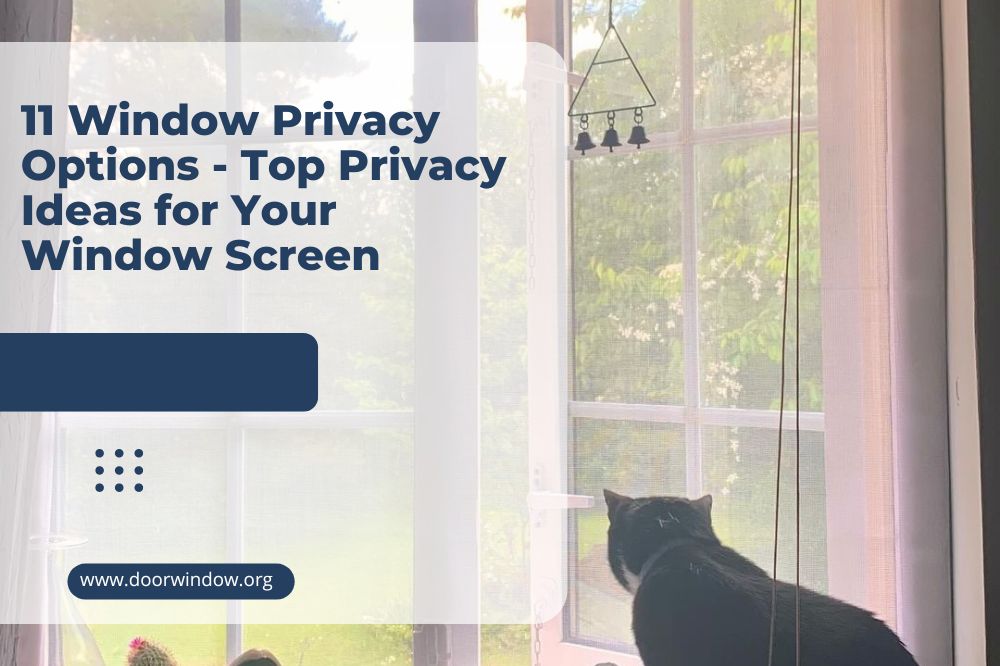
They say eyes are the windows to our souls. And while windows might be the eyes of our houses, we don’t always want people looking in. We enjoy the sunlight, and we like to peep outside once in a while. But we’d prefer to keep neighbors and passing strangers out of our business.
To ensure this – and make our windows pretty too – we need window privacy options. These range from expensive customized glass to casually-draped bed-linen. (You may have hung them temporarily on laundry day, or when you first moved in!) Let’s explore some common solutions.
Sheers
Sheers – as their name suggests – are light and translucent. They could be lacy, crocheted pieces, knotted macramé, or polyester. They can be plain, patterned, or printed. And depending on your needs, you can buy or stitch them at various levels of opacity. If you’re using them with curtains, they can be less translucent, though they should still offer some privacy.
Most people keep their sheers up during the day then switch to curtains at night. Meaning the sheers have to be thick enough to obscure visibility while still letting daylight filter through. It’s helpful if they’re machine-washable because they collect a lot of dust and may fade in the sunlight. Use a gentle was cycle though – you don’t want them to rip in the wash.
Curtains
These are the most affordable window privacy options. You can stitch them yourself or buy them in a variety of colors, textures, and styles. They can be fluffy and floral, with endless tufts and delicate detail. Or they can be plain, striped, or neutral, for more serious scenarios. Curtains are good at muting loud noises and retaining warmth, but they can also get damp and musty.
Pick curtains that complement your decorative theme. Whenever possible, opt for fast-drying fabric to avoid mold and moisture damage. You should also pick prints that won’t fade quickly in the sunlight. Curtains aren’t intended to be long – they hang just below the window sill.
Drapes
These are similar to curtains, and some people use these window privacy options interchangeably. There are slight differences though. Drapes use heavier fabrics than curtains and are usually operated by a drawstring. They’re dry-clean-only fabrics and often drop to the floor, so don’t put them in the wash. They can also be steam-cleaned, which is rare with curtains.
Drapes are considered more formal, so you’ll find them in plainer patterns than curtains. Dark colors work best because they convey a serious mood. They also show dirt less, because drapes are cleaned less often than curtains. Drapes often have a cloth lining to add to their heaviness.
Shades
Window shades are similar to drapes, but they’re thicker and more opaque. They’re often made from dense materials like canvas. They’re cut from a single piece of fabric the ends stitched, hemmed, bound, or heat-treated to prevent fraying. They’re installed at the top of the window and drape down the window. A drawstring helps you unfurl or raise the shades as needed.
Shades have solid edges at the top and bottom, so they don’t go in the wash. You can steam-clean them or vacuum them with a hose and brush. You can also manually brush or dust them. Their designs range from permanent pleats to simple bunched-up fabrics that tie at the top.
Blinds
These are made of slightly thicker fabrics than shades. They have slats that overlap when you draw them shut. Blinds can be horizontal, such as Venetian blinds. Or they can be vertical. They’re versatile, with options in canvas or vinyl and others in aluminum or bamboo. The mechanism of your blinds depends on slat size, set-up, and style selection.
Meaning they can be opened by drawstrings, electrical levers, or manual panes. Some are translucent while others are completely opaque. Blinds are installed on the inner side of your windows and are sometimes combined with curtains, sheers, or drapes. They’re not machine washable because they have rigid edges, so you need a brush or vacuum to keep them dust-free.
Shutters
Shutters are similar to blinds. They have a central rod and are arranged in overlapping slats. The difference is in the texture. Shutters are heavier and more solid than blinds. They’re often made from wood or metal and are lockable with a padlock or latch. You can pull them up and down manually or connect them to an electrical switch. They can also be operated by remote.
While indoor shutters exist, most window shutters are installed outside the glass. They’re designed to be weatherproof and sometimes have an ultraviolet coating to prevent them from sun damage. Some shutters have insulated layers between their slats. This helps them lower your heat bills and resist fire damage. So they offer privacy, security, and extra warmth.
Screens
These include light, Japanese-style screens made of rice paper. They may also refer to privacy screens made from gapped wooden slats. The latter is more popular outdoors. They might protect the windows of your pool house or garage. Indoor screens operate more like shades, so you can pull them up or down. You can also slide them sideways if they have a runner track.
Screens can also be artistic canvases or paintings. A cheeky suggestion is to paint a window-scape on the screen. The painting will simulate the view outside the window. This way, you can retain your privacy while still ‘looking outside’. Be careful about cleaning your screens though. They seem solid, but it’s easy to rip them – as seen in every kung fu movie ever.
Glass Treatments
On occasion, the glass itself becomes a privacy tool. And there are tons of options for glass window privacy options. The process is generally referred to as frosting, but the specific methods vary. For example, you could use heat treatments to produce texture on the glass. Or you can etch shapes onto the surface of the window. You can even engrave meaningful symbols.
These patterns refract light, which lowers visibility. An easier alternative is to spray-paint your windows. You can use a sheer metallic shade or go full color. But lighter, glossier options are better because they’ll let more light in. Of course, you can also be pre-textured glass. This comes in various patterns including raindrop, pebble, or leaf / floral patterns.
Colored Glass
More commonly known as stained glass, these colored pieces are commonly seen in churches and museums. But you can install them at home too. Stained glass can be textured, but it doesn’t have to be. You can mix the glass pieces into abstract forms, mosaics, or identifiable scenes and figurines. The glass is often framed in lead, metal, or fiberglass for added sturdiness.
Stained glass reduces visibility and isn’t removable, so think about your indoor light levels before you install them. Other options include painting the window itself. Solid colors will block too much light, but you can paint pictures or patterns on the glass. Finally, you can arrange tall colored bottles or tumblers along the window sill. Just don’t drop them or you’ll cut yourself …
Glass Film
This is similar to the plastic used to tint car windows. It could be black or colored, mirrored or one-sided. Confirm whether your film goes inside or outside the glass and lay it carefully to avoid pimpling from air bubbles. Some types of window films need an adhesive to hold them in.
Others are static-based, so you can just press them into position. Base your selection on how easy it is to install and clean the film. And of course, you don’t have to choose a solid color. Some window films have scenes printed on them, whether its sea fish or sunset hills. Check that its household film, not car film. You can also opt for an insulating film in colder climates.
Potted Plants
Whether you prefer real plants or plastics, they can be a clever window privacy option. Position them strategically and they’ll provide all the cover you need. You have to care for them though. Fake plants require dusting. Live plants may have to be watered, weeded, fertilized, and pruned. It would have to a whole row of plants or maybe a vine, creeper, or close-cropped succulents.
The soil from the plants may spread dirt on the window sill or glass. And live plants may attract worms, insects, and other pests. Kids may eat the plants, or pets may knock them off the window. On the upside, they’ll boost the oxygen levels in your house, and they’re eco-friendly. A useful idea is to plant a small vegetable garden or herb patch on the window sill.
Keep it Covered
Depending on where your window faces, you’ll need some privacy measures. These range from home-made solutions to colored cling film. Popular window privacy options include textured glass, stained glass, blinds, curtains, shutters, screens, drapes, artwork, paint, and plants.
Apart from window location and budget, consider ease of installation and maintenance. Are they machine-washable? Can they be vacuumed with a brush attachment or an old sock? Or wiped with damp rags? Or maybe they can be hosed down and rinsed. The less cleaning they need, the better. So what’s on your windows right now? Share a photo in the comments!


